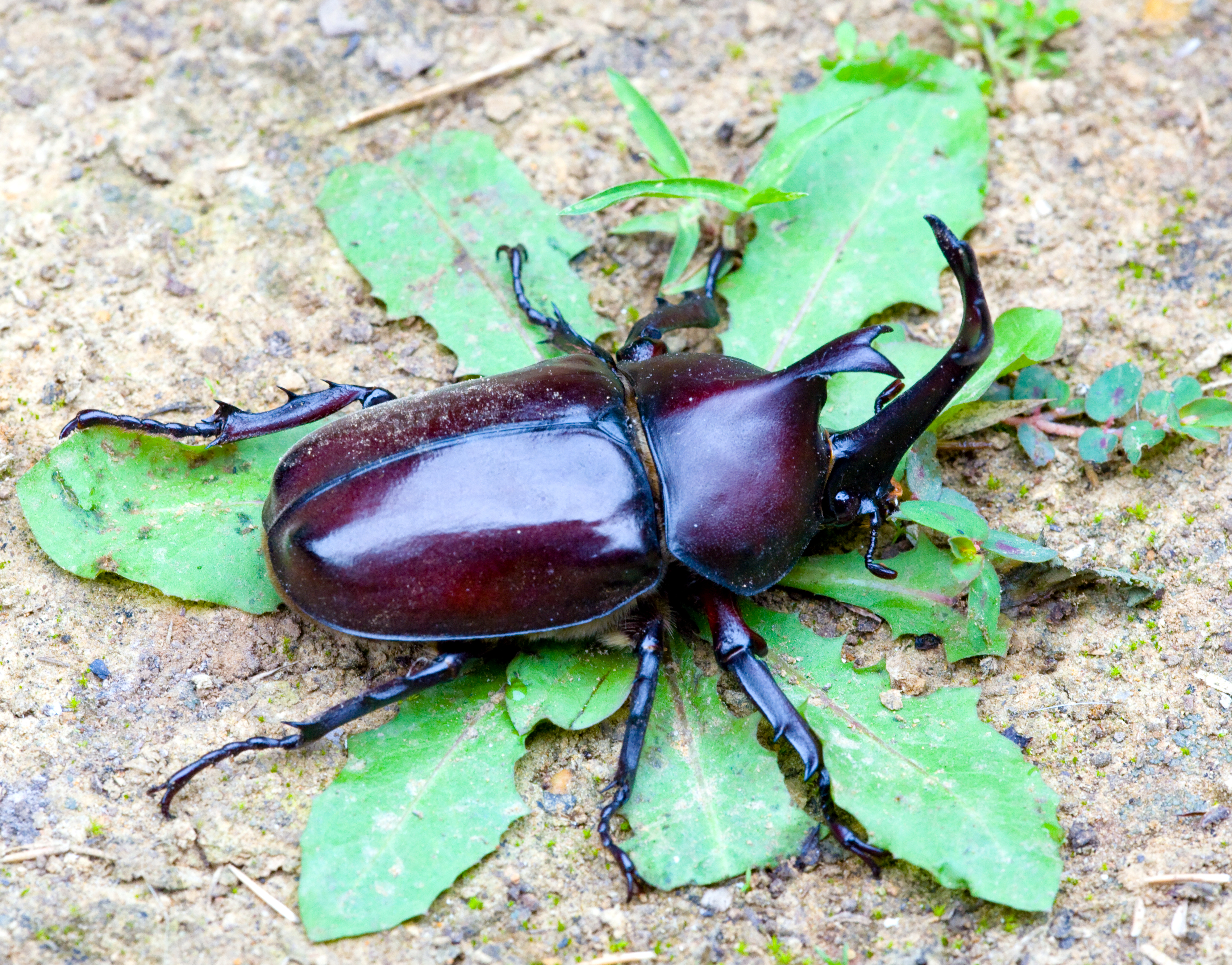

Approximately 40 days after the molt into the third instar, the larvae gain mass much more slowly, so then the larvae were weighed every 10 days until purging of the gut was complete.

Larvae grow very rapidly during this time, often gaining several grams of mass within a week. Larvae were weighed 5 days after hatching and thereafter every 5 days during the first, second, and beginning of the third larval instars. Eggs were weighed at day 0 and day 5, and then returned to their individual containers.

To examine the effect of diet on growth trajectories, individuals were weighed repeatedly over the entire course of their development using an analytical bal- ance. After molting into their third instar, high-nutrition larvae were moved into 1-gallon glass jars which maintained the food ad libitum treatment while low-nutrition animals remained in the 9-oz jars to maintain the food limited state of these individuals until pupation. These differences in the amount of total food available also contributed to food limitation in the low-nutrition treatment. Food for ‘‘high-nu- trition’’ individuals were changed as soon as frass content reached 40%. ‘‘Low- nutrition’’ larvae received new food when their frass composed 90% of the jar. dichotomus beetle larvae of both sexes (Emlen et al. Larvae fed a low-nutrition diet were given 100% fast-fermented sawdust in 9-oz glass jars which contains less easily digestible plant material (no mulch) this food-limited diet consistently produces smaller T. Gotoh, personal communication) and from our previous experiments, we have consistently reared the largest males and females on this diet (stag beetles-Gotoh et al. This diet represents the maximum amount of fermenting and rotting wood to plant material that is found in the beetle pet food trade in Japan (H. In one group, larvae were provided with a high-nutrition diet, composed of a mixture of 25% leaf mulch and 75% quick-fermented hardwood sawdust in 9-oz glass jars. Three days after molting into their second instar, larvae were randomly divided into two groups and kept in incubators set at 25 8 C on a 16:8 h light:dark cycle. Eggs were checked daily and dates of hatching were noted. Eggs were collected 7 days after oviposition, weighed, and placed into individual plastic containers with 100% mulched maple leaves. After mating, females were sep- arated and placed individually in mulch-filled jars until they laid eggs. dichotomus beetles were paired and mated using the methods described by Emlen et al.

dichotomus is typical for holometabolous beetles with the egg–larval–pupa–adult cycle occurring over 10–12 months ( Fig. dichotomus have an exaggerated weapon that plays an important role in sexual selection and evolution. Trypoxylus dichotomus is a non-model system for studying insect development with a very long (10–12 months egg to adult) generation time. Cell proliferation of the discs occurs rapidly during the first several days of the prepupal period and then tapers off. During this period, adult-type structures begin to grow under the larval cuticle as primordial discs. Just before the pupal molt, larvae create a pupal cell (a hard compact chamber in the soil), purge their gut and enter a 10-day prepupal phase. The larvae grow during three instars before molting into a pupa and then eclosing into a beetle. The adults feed on sap flowing from oak, maple, and ash trees while larval nutrition is obtained from the consumption of decomposing detritus and hard wood on the forest floor. Annual life cycle of the Asian rhinoceros beetle Trypoxylus dichotomus.


 0 kommentar(er)
0 kommentar(er)
